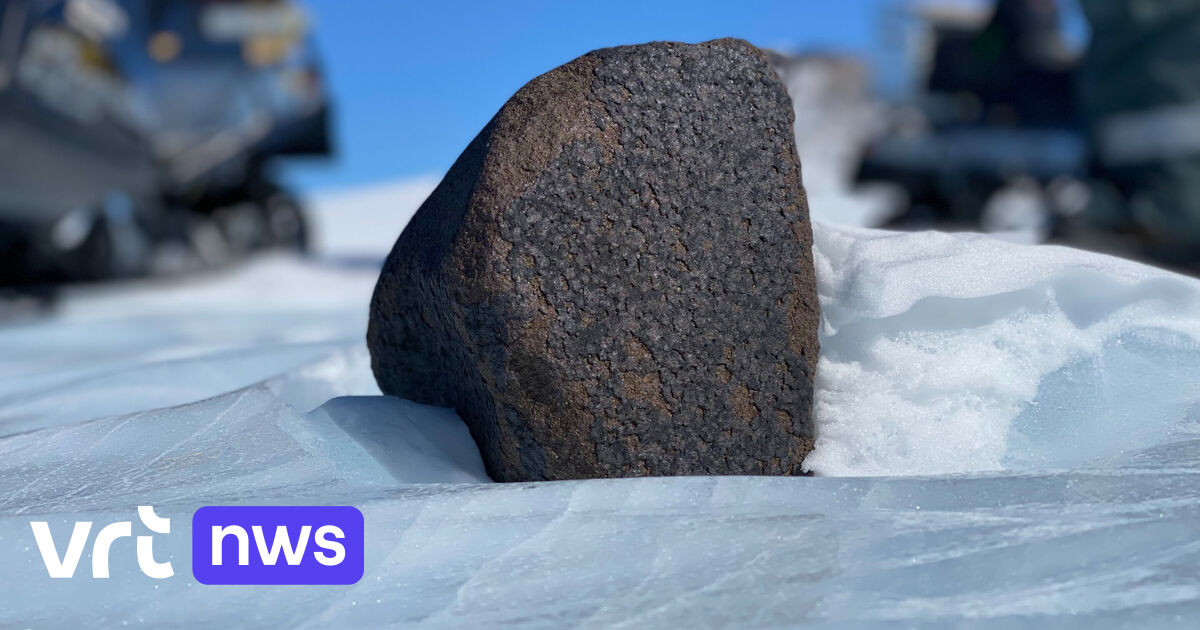Meteorites fall everywhere on Earth, but it is not easy to find them everywhere. A meteorite that crashed years ago in a rainforest or other place with dense vegetation is only likely to find it if you come across it, and even in soils where there are many “earth” rocks, meteorites are unnoticeable.
This is not the case in the deserts of North Africa and Australia, nor in Antarctica, where black space rocks stand out against snowy or icy plains. Even as the meteorites sink into the ice, the movement of glaciers against the rocks helps push the meteorites back to the surface of the continent’s blue ice regions.
These blue glacial regions are ancient layers of ice pushed up by underlying mountain ranges and which owe their blue color to the enormous pressure with which the ice has been compressed for centuries. In fact, some areas of blue ice are called meteorite accumulation zones, which are places where meteorites are collected by the movement of ice.
Deserts – oddly enough, Antarctica is the driest continent on Earth and therefore a desert – have the added benefit of a dry climate that limits meteor weathering. The cold in Antarctica also helps preserve meteorites.
Thus expeditions have been organized to Antarctica since the 1970s to find meteorites. The Free University of Brussels and the Vrije University of Brussels have also collected more than 600 meteorites during three previous expeditions to the Nansen blue ice field, in collaboration with Japan’s National Institute for Polar Research (NIPR).
The international team involved in this expedition was led by Vincien Debaile (ULB/Fonds de la Recherche Scientifique-FNRS) and consisted of VUB researcher Ryoga Maeda, Maria Schönbächler (ETH-Zurich), and Maria Valdes (Field Museum of Natural History/University of Chicago). Manu Boudelet (International Polar Guide Association) was the guide on site.

“Thinker. Coffeeaholic. Award-winning gamer. Web trailblazer. Pop culture scholar. Beer guru. Food specialist.”







More Stories
Comet Tsuchinshan-Atlas is ready to shine this fall
Sonos isn’t bringing back its old app after all
Indiana Jones and the Great Circle is coming to PS5 in spring 2025